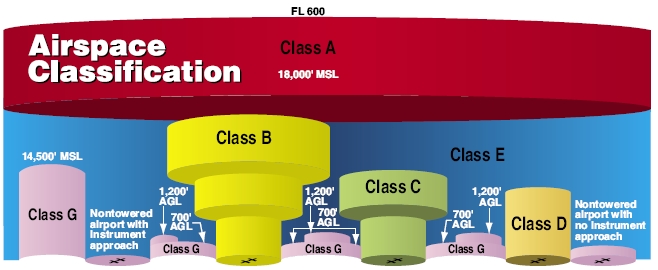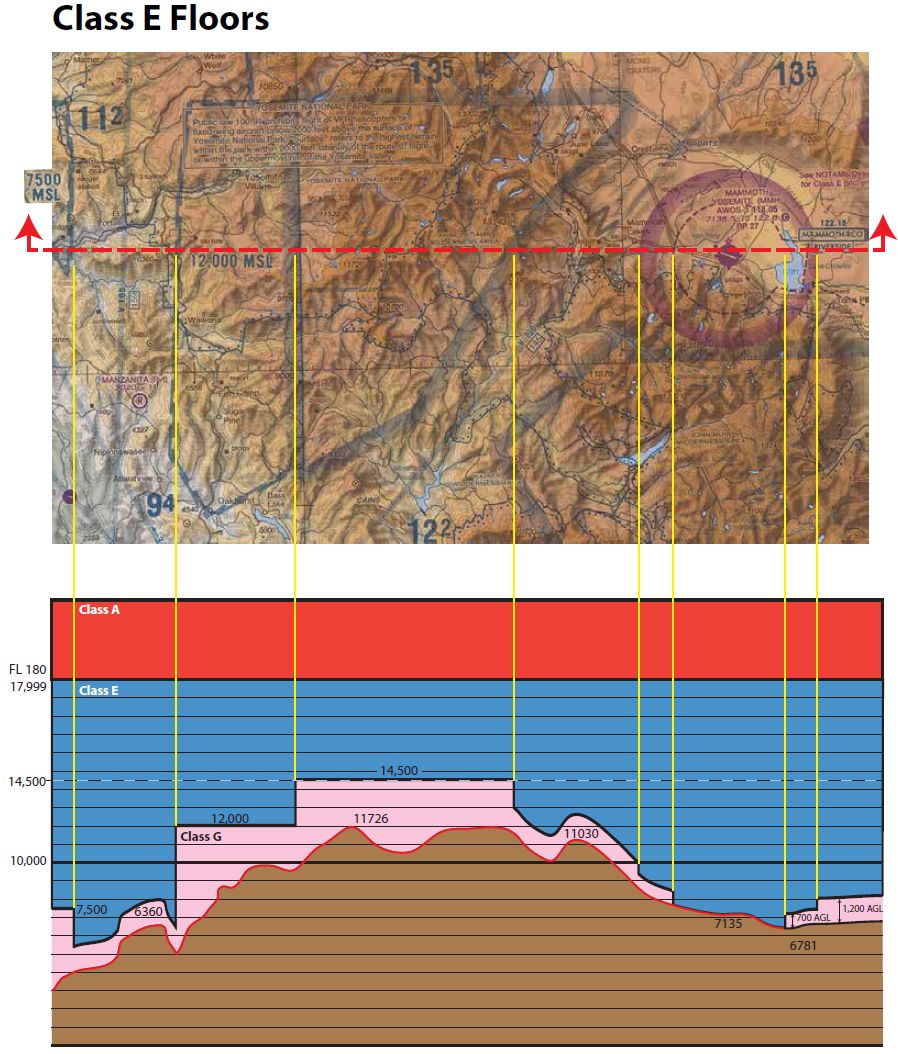labbadabba
Pattern Altitude
Figure(s): FAA IFR Figure 92 Minimum in Flight Visibility Distance from Clouds
(Refer to Figure 92.) What in-flight visibility and distance from clouds is required for a flight at 8,500 feet MSL (above 1,200 feet AGL) in Class G airspace in VFR conditions during daylight hours in area 4?
A. 5 miles; (E) 1,000 feet; (G) 1 mile; (H) 1,000 feet.
B. 3 miles; (E) 1,000 feet; (G) 2,000 feet; (H) 500 feet.
C. 1 mile; (E) 1,000 feet; (G) 2,000 feet; (H) 500 feet.
How in the world can there be Class G airspace at 8,500 feet if you're already above 1,200 AGL??
(Refer to Figure 92.) What in-flight visibility and distance from clouds is required for a flight at 8,500 feet MSL (above 1,200 feet AGL) in Class G airspace in VFR conditions during daylight hours in area 4?
A. 5 miles; (E) 1,000 feet; (G) 1 mile; (H) 1,000 feet.
B. 3 miles; (E) 1,000 feet; (G) 2,000 feet; (H) 500 feet.
C. 1 mile; (E) 1,000 feet; (G) 2,000 feet; (H) 500 feet.
How in the world can there be Class G airspace at 8,500 feet if you're already above 1,200 AGL??



